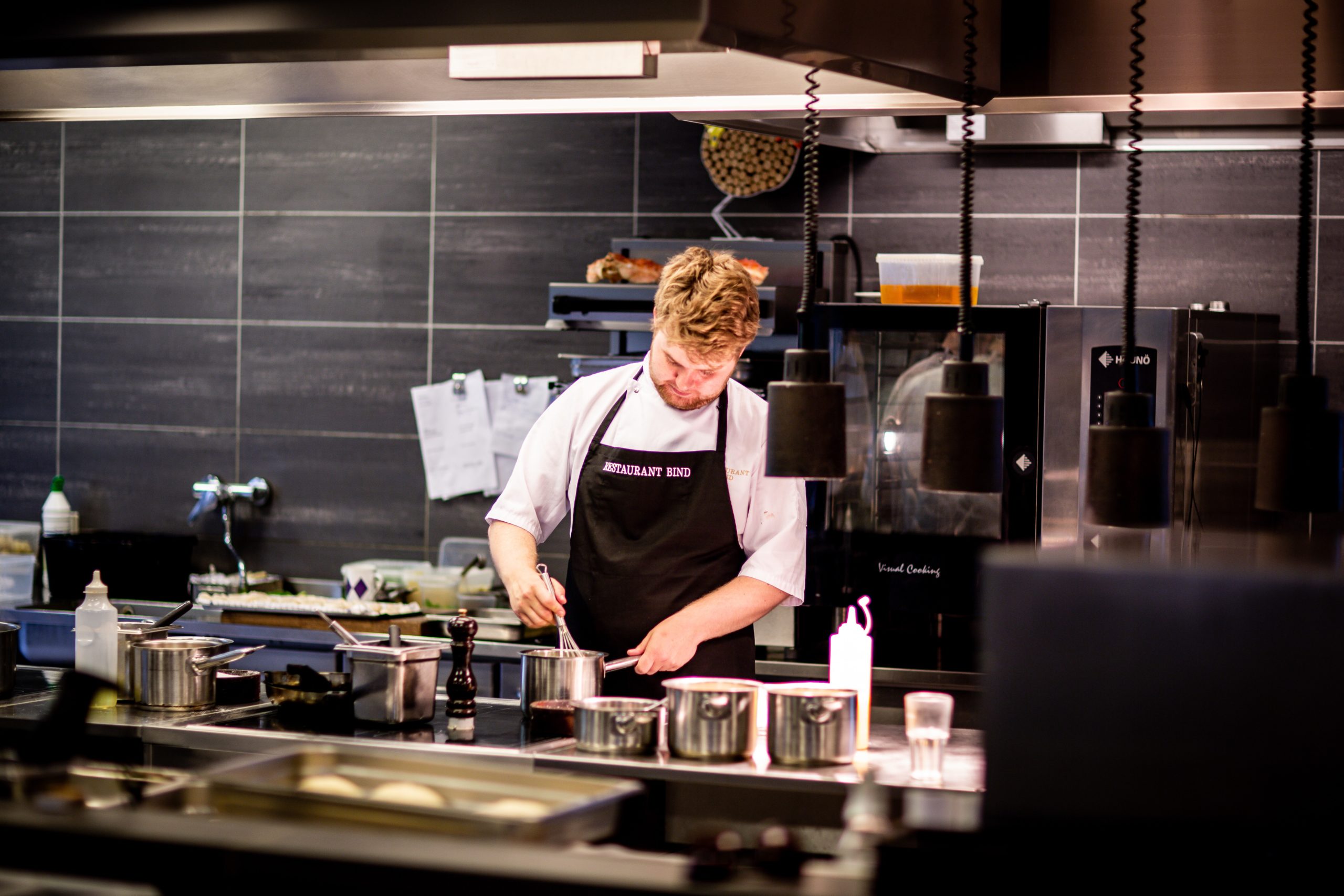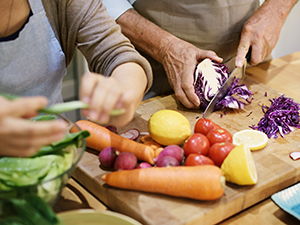
Healthy cooking isn't just a trend. So you can reduce the sodium and fat content of your food, learn how to make broths and stocks. Make sure to use local ingredients whenever possible. Make sure to take the temperature of your food in order to verify it is properly cooked. You won't regret. Here are some other tips to get you started. You'll be surprised at just how easy it is to make healthier meals at home.
Healthy cooking does not need to be trendy
Healthy cooking is a wonderful way to improve your health, and to enhance the quality of your daily life. But healthy cooking isn’t an fad. PepsiCo and Campbell Soup aren't following a trend. They actively promote healthier food choices and increase their retail distribution.
Making your own stocks or broths gives you ultimate control over the amount of sodium and fat going into your meals
It can be delicious and healthy to make your own broths or stocks. To caramelize the meat, bones can be roasted to add a deep and earthy taste to the final product. The bones and cartilage of veal meat add gelatine and collagen to the stock. If you're vegetarian, stock can be substituted for vegetable stock in a number of recipes. Bone broth is versatile and can be frozen for use at a later time.
Vegetable stocks are one of the best cooking liquids. Blending vegetables, potatoes, and onion with sweetener or thickening agents creates a versatile cooking liquid. This is a great choice for thick stews and gravies, sauces, as well as Swedish meatballs. Turkey stock on the other hand uses vegetables as well as spices. This stock is also great for using up leftover pot pie. You don't have to be a fan of chicken stock or beef. There are plenty of options for turkey or chicken stock.

The best way of knowing when food is cooked is to check its internal temperature.
A food thermometer, which is an excellent tool for cooking poultry and meat, is the best. Although the surface of the meat or poultry may look cooked, the inside isn't always done. Your meat may still be raw in the middle. Although it may seem tempting, this is not a good indicator of doneness.
To kill harmful bacteria and fungi, it is important to cook food at the correct temperature. Food poisoning can result if it's not properly cooked. The internal temperature of food should not be too hot to allow steam to escape. This is a good rule of thumb. Test this by inserting your knife into the meat or poultry's center.
Using local ingredients
Locally-sourced ingredients can be a great way for restaurant owners to get more customers. There is a chance that you might overcharge customers for local ingredients. However, seasonal ingredients can help to keep your costs down. To find recipes that are based on local ingredients, you can use the USDA's Mixing Bowl. You can make seasonal menus using seasonal ingredients, without the need to buy seasonal items.
Locally sourced ingredients have many advantages. The food is fresher and better quality. Local farmers can guarantee fresher, more flavorful produce than their farmed counterparts. You can also help support your local economy by working directly with local farmers, rather than relying on larger corporations. Locally sourced produce, meats, and other products will help to reduce carbon emissions and support local businesses.

FAQ
How much does it cost for you to learn culinary arts?
You will find that the price to study culinary arts is variable. A four-year degree in culinary arts typically costs around $40,000. A two-year associate degree, on the other hand may cost less than $5,000. The tuition rate you choose depends on the program. The tuition rates for private institutions are usually higher than those of public universities.
Is it possible to be self-taught?
Yes, you can be a self-taught cook! The joy of cooking is something that everybody enjoys doing, no matter their skill level. Learn how to cook at home. Start small, like making pancakes for breakfast or spaghetti sauce for dinner. Experimenting with new recipes is the best way to learn to cook. It is possible to make mistakes.
Learning to cook takes anywhere from a couple of hours to several weeks, depending on what type of skill level you are looking for. It's important to remember that cooking isn't just about following recipes. There are many different ways to prepare food, so if you have an idea in mind, go with it.
What are the health benefits of slow cooking?
Slow cookers are useful because they can make delicious meals in a fraction of the time. Slow cooker recipes require less oil or fat than traditional recipes, making them healthier. Additionally, slow cookers are more convenient than traditional recipes because they take care for themselves while you're sleeping.
What skills are necessary to attend culinary school
You must have the ability to cook well and work under pressure. You should enroll in cooking classes at local community colleges or high schools to learn how to cook. Once you have learned the basics of cooking, it is time to look for work at a restaurant.
Statistics
- On average, chefs earn $58,740 a year, according to the BLS. - learnhowtobecome.org
- The median pay for a chef or head cook is $53,380 per year or $25.66/hour, according to the U.S. Bureau of Labor Statistics (BLS). (learnhowtobecome.org)
- under 10 Kids have been taught that there is special food just for them, and Fiese says that 10 percent of kids will throw a tantrum if they don't get the food they want. (washingtonpost.com)
External Links
How To
How to make a perfect eggroll
Omelets are one of my favorite foods to eat at breakfast. How can you make them perfectly? There are many recipes and methods I tried, but none worked. Today, I'd like to share some tips with you in order to make delicious and fluffy omelets every day.
It is important to know that eggs can be temperamental when making omelets. They must be fresh, preferably from the organic market, and be kept cold until cooking. The yolks and whites will not form properly if they aren't kept cold enough. This makes your omelets look weirdly colored. If you're going to cook them immediately, it is best if the eggs are still warm.
You can also separate the egg before you add it to the pan. You don't want any white to get mixed up with the yolk because this could cause the omelet to curdle.
If you add the egg directly onto the stovetop, you might end up burning the bottom part of the egg, which would ruin the texture of your omelet. Instead, place the egg in the microwave for 10 second before you put it in the skillet. The microwave heat cooks your egg just right, without it becoming too soft.
Let's now talk about mixing eggs. When you mix eggs together, you want to beat them well. Turn the bowl upside down and grab the whisk to do this. Now shake the bowl vigorously. This allows the air to be whipped and the egg to be mixed thoroughly.
Now comes the fun part - pouring the milk into the mixture. Pour half the milk into the beaten egg mixture and then fold in the eggs. Don't worry if there are still streaks of egg visible; these streaks will disappear once you flip the omelet.
After you have folded the eggs, heat the oil in a pan over medium heat. Once the oil has started to sizzle, turn the heat down to low. Add 1/4 cup butter to the oil and swirl it around to coat all sides of the pan. The lid should be carefully opened. Sprinkle salt in the pan. An additional pinch of salt will prevent the omelet form sticking to your pan.
Once the omelet has formed completely, cover the pan and let it set for a few minutes. Use a spatula to flip the omelet or turn the pan upside-down. Cook the other side for another minute or two. Serve the omelet immediately by removing it from the pan.
This recipe works best when you use whole milk.